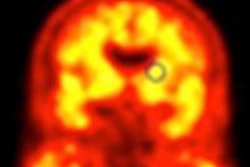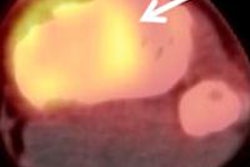Dear Molecular Imaging Insider,
Seven years ago, the National Oncologic PET Registry (NOPR) was created to gather patient information on how FDG-PET influenced treatment strategies and outcomes for a variety of cancers.
During that time, the U.S. Centers for Medicare and Medicaid Services (CMS), using NOPR's evidence of efficacy, expanded coverage of PET scans for nine cancers, along with the initial diagnosis and subsequent treatment strategy.
Now that NOPR's job is done in terms of FDG-PET, what will its legacy be for additional cancer coverage? We spoke with NOPR co-chair Dr. Barry Siegel, who has helped guide NOPR from its inception, to get his perspectives. Read more by clicking here.
Other top features in this edition of the Insider include promising results from the expanded use of radiotracers. One preliminary study indicates that F-18 florbetapir (Amyvid) can detect cardiac amyloidosis, a buildup of protein that can lead to various forms of heart disease. The results hint that Amyvid could be useful beyond its core indication of detecting beta-amyloid deposits in the brain.
In addition, a study using PET with a florbetaben radiopharmaceutical showed that people with Down syndrome begin to accumulate beta-amyloid deposits in their brains in their early 40s, putting this population at greater risk for the early onset of cognitive impairment. Researchers believe these findings also make people with Down syndrome a "unique population" for studying the early development of beta amyloid and how it could lead to Alzheimer's disease, which, in turn, could help assess the effectiveness of amyloid-reducing therapies.
Where are the nuclear medicine jobs of the future? That's what residents want to know, as they expressed dismay about the lack of job opportunities for newly minted specialists, along with a strong conviction that combining residency programs with radiology is the only way to set things right.
Finally, sodium fluoride PET/CT can provide greater sensitivity and specificity for the detection of bone metastases than planar bone scintigraphy and SPECT/CT, according to a new pilot study from Copenhagen University Hospital.
Be sure to stay in touch with the Molecular Imaging Digital Community on a daily basis to stay informed on the latest news and research.



















